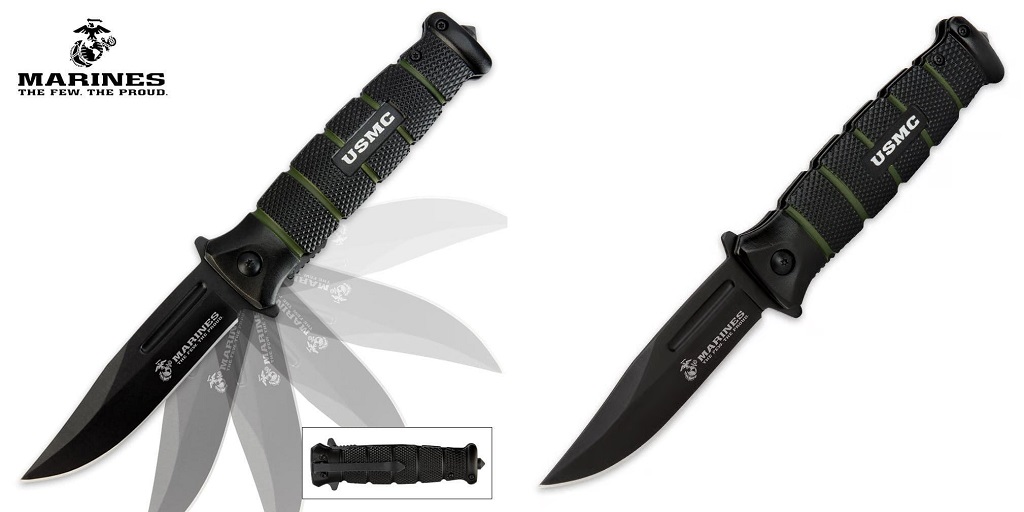Your assisted opening knife is a wonder of modern engineering and represents a great deal of value over conventional pocket knives that open via thumb studs, thumb holes, flippers, or worse, nail nicks.
They are much easier to deploy with one hand, not to mention far more convenient to carry, and quicker to deploy as well. This gives them every advantage when you only have one hand free – and effectively no disadvantages when compared to other, more “standard” pocket knives (for lack of a better term).
There is one thing, however, you should keep in mind, and it is that these knives, since they are still folders, should be cleaned routinely. The following offer some notes on how to keep them cleaner so they continue to operate as intended for longer.
Preliminary Cleaning
You can clean the exterior of your assisted opening knife with a clean, dry microfiber rag before you get more into it. Just pass the cloth over both sides of the knife’s scales before you proceed. It will pick up any surface lint and dust present.
Compressed Air Is Your Best Friend
Once you’ve cleaned the exterior of your assisted opening knife, you can get more involved with cleaning. The best thing you’ll want to do is get a can of compressed air with an attenuated nozzle that can be directed into the space between the knife’s scales and frame.
Using the can of compressed air, blast out the space between the scales where the blade sits when the knife is opened. Then, disengage the knife lock so that the blade may freely swing, and use the compressed air to blast any lint and dust out from the area where the pivot mechanism is.
This method should free most of the lint and dust that’s in between the knife scales, around the lock mechanism, or in the pivot assembly.
For an Additional Lift
After you’ve used compressed air to remove most of the lint and dust from the “inside” of the knife, get either a plastic or a metal pick (a wooden toothpick will work acceptably if you have nothing else) and use it to dislodge any remaining visible lint or dust from between the knife’s scales or at the pivot mechanism.
Once you’ve dislodged it, you can go back to the compressed air and use that to blast it away. Be careful not to use a cotton swab because a cotton swab will actually leave behind fibers that you don’t want inside the knife or near the pivot mechanism – we are trying to remove lint, not add it!
Notes on the Use of Oil
We have one final note and it is that while you can use oil to lubricate the assisted opening knife’s pivot mechanism, you should be very sparing in your application.
This is because oil, while it does lubricate moving parts, is sticky and will leave behind a residue that will actually attract and trap the very things we are trying to remove, and which make lubrication necessary in the first place.
One drop of oil is all you should need on any pivot mechanism – and be sure to wipe away any access oil that remains visible on any part of the knife if you have applied it elsewhere.
Here for a New Assisted Opening Knife?
Keeping your assisted opening knife clean will ensure it operates smoothly, for longer, and will protect your investment in your tools. It is a practice you should adopt and perform reliably.
On the other hand, if you are here for a new one, visit BudK. They carry a wide range of pocket knives, including conventional models, assisted openers, and even some autos, and many of their designs are unique to them. Visit their website or get in touch with them for more information.
For More Information About Push Button Automatic Knife and Spy Gear Please Visit: BudK Worldwide Inc.



